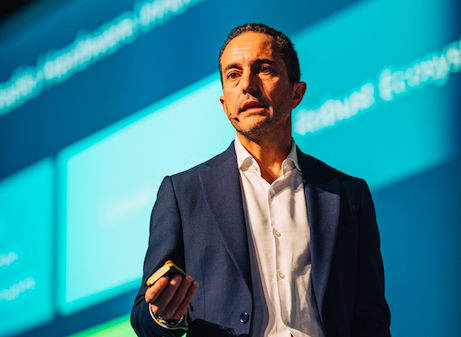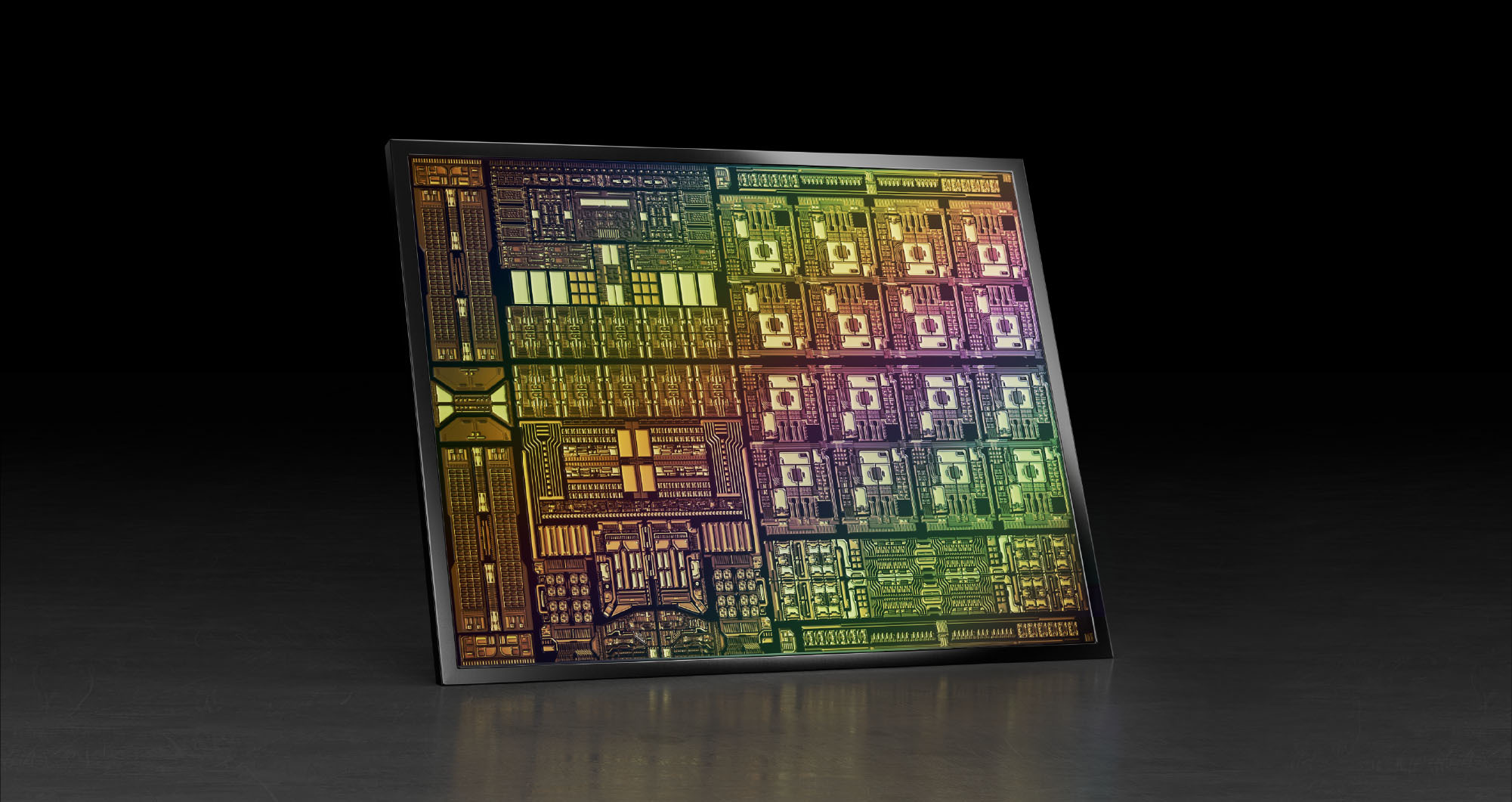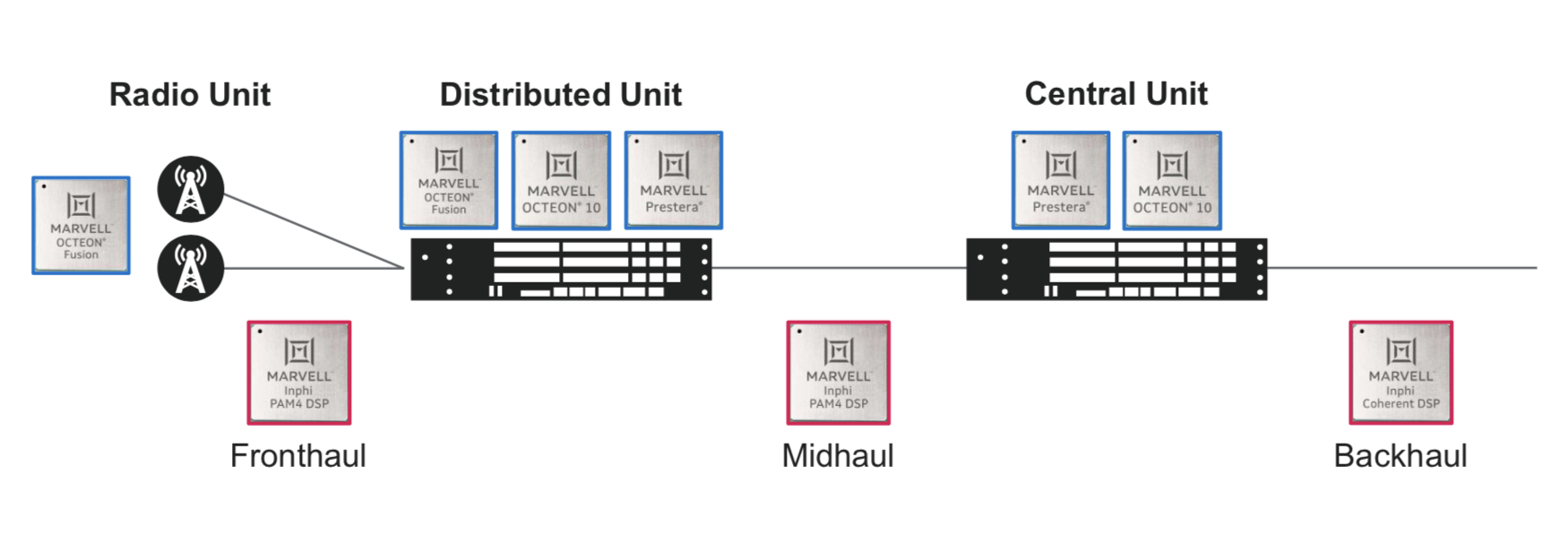Changing the radio access network for good
 Sunday, July 17, 2022 at 10:57AM
Sunday, July 17, 2022 at 10:57AM The industry initiative to open up the radio access network, known as open RAN, is changing how the mobile network is architected and is proving its detractors wrong.
So says a recent open RAN study by market research company, LightCounting.
 Stéphane Téral
Stéphane Téral
"The virtual RAN and open RAN sceptics are wrong," says Stéphane Téral, chief analyst at LightCounting.
Japan's mobile operators, Rakuten Mobile and NTT Docomo, lead the world with large-scale open RAN deployments.
Meanwhile, many leading communications service providers (CSPs) continue to trial the technology with substantial deployments planned around 2024-25.
Japan's fourth and newest mobile network operator, Rakuten Mobile, deployed 40,000 open RAN sites with 200,000 radio units by the start of 2022.
Meanwhile, NTT Docomo, Japan's largest mobile operator, deployed 10,000 sites in 2021 and will deploy another 10,000 this year.
NTT Docomo has shown that open RAN also benefits incumbent operators, not just new mobile entrants like Rakuten Mobile and Dish Networks in the US that can embrace the latest technologies as they roll out their networks.






